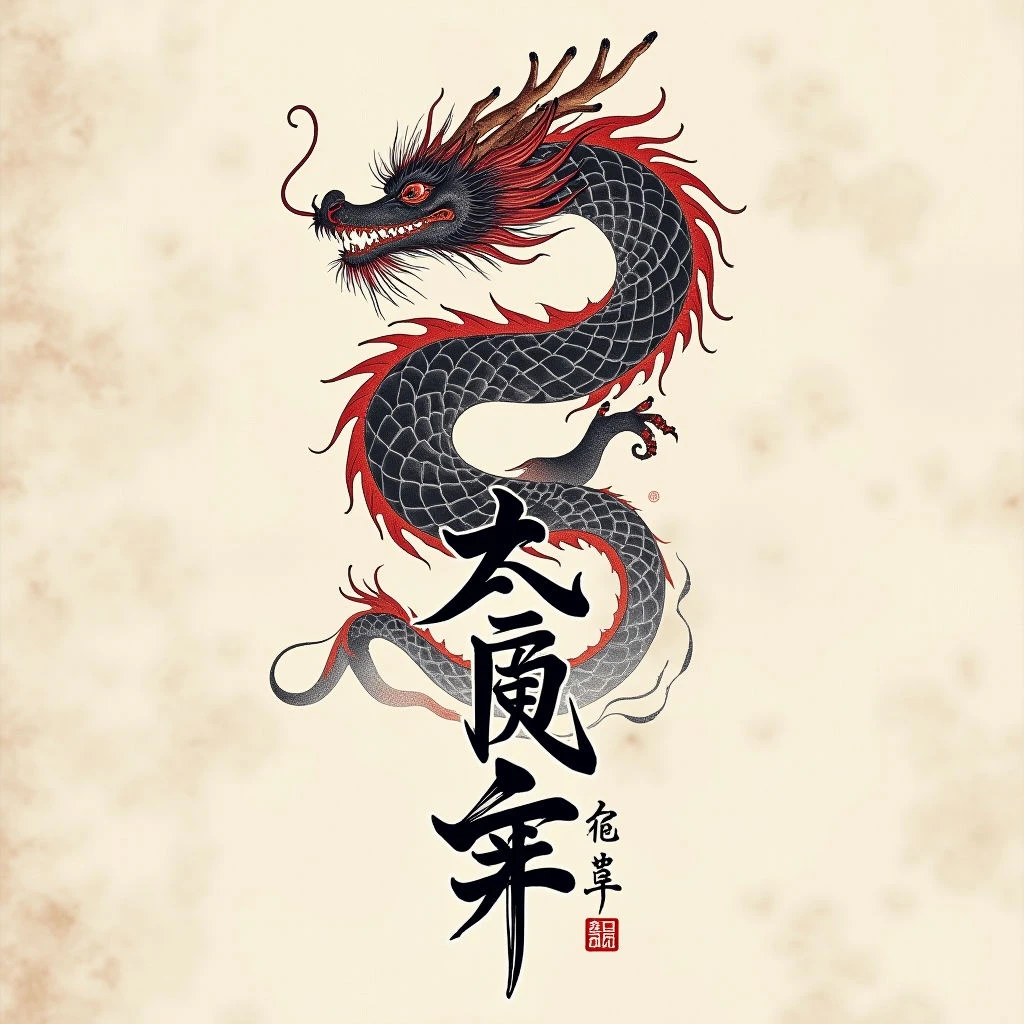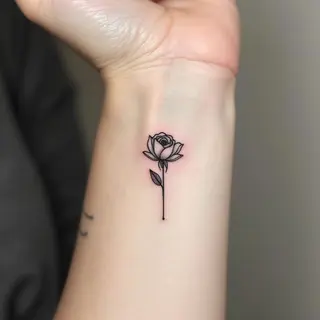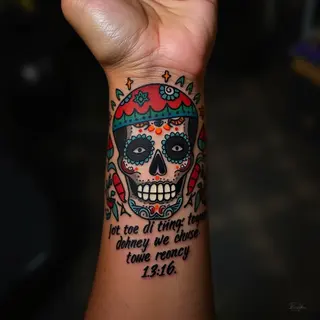The Art of Chinese Calligraphy & Tattoo Design
Understanding the Significance
The elegance of the Chinese language transcends mere communication; it's an art form steeped in history and philosophical depth. Integrating a name into a tattoo through calligraphy is more than just adornment – it’s a testament to lineage, character, and personal values. The flowing strokes of each character embody not only pronunciation but also inherent meaning, making the design intrinsically richer.
Traditional Chinese Calligraphy Principles
Traditional Chinese calligraphy emphasizes balance, harmony, and rhythm. Each stroke carries weight and intention, influencing the overall aesthetic impact.
Key Considerations for Tattoo Design
When adapting these principles for tattoos, consider:
- Character Selection: Choose characters that resonate with your personal meaning – strength, wisdom, prosperity, or beauty.
- Style of Calligraphy: Explore different styles like Seal Script (bold, ancient), Regular Script (balanced, formal), Running Script (flowing, expressive), and Cursive Script (artistic, free-form).
- Placement & Composition: The orientation of the characters – vertical or horizontal – dramatically affects the tattoo’s visual flow. Consider incorporating complementary imagery like dragons, phoenixes, or landscapes to enhance the narrative.
Design Inspirations
Here are some design ideas:
Dragon and Name Combination
A powerful dragon intertwined with a name's calligraphy conveys strength, ambition, and auspicious fortune. The dragon’s scales can be intricately detailed, while the calligraphy remains legible and graceful.
Phoenix & Character Pairing
The phoenix represents rebirth, beauty, and grace. Combining it with a character symbolizing love or compassion creates a deeply meaningful tribute to someone cherished.
Ink Wash Landscapes with Name Integration
An ink wash landscape – mimicking traditional Chinese painting – can incorporate a name subtly within the mountains or water features, creating a serene and poetic design.


